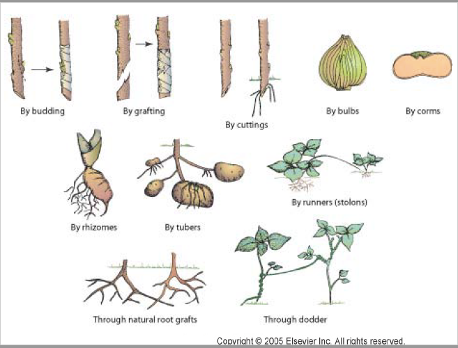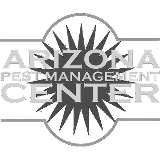Jun 26, 2024
Push-Pull Strategies: Effective Integrated Pest Management Tools
The push-pull strategy, a stimulo-deterrent diversionary strategy, combines behavior-modifying stimuli that manipulate the distribution and abundance of insect pests and/or natural enemies. When your main crop is intercropped with plant species that can mask the host (main crop) appearance or emit undesirable volatiles (smells) that divert the pests away from the main crop (push), on the other hand, other plants in your intercropping system can be extremely attractive using stimuli that are highly apparent and attractive to the pest, hence trapping the pest (pull) (Fig. 1). Insects use visual, chemical, or tactile cues. Thus, by intercropping the main crop with plants that emit more attractive smells, are more visually appealing, or release undesirable smells, one can cause the pest to be trapped and repelled from the main crops, resulting in effective control of the pests.

Figure 1. Pictorial representation of push-pull strategy.
In Brazil, the push-pull strategy has been found effective in managing major kale pests. They found that using mustard as a preferred host pulled the pests away from the kale crops, while marigold plants increased the beneficial arthropod population which provided additional control of the pests (da Silva et al. 2022; https://www.sciencedirect.com/science/article/pii/S1049964421003029). My
lab plans to evaluate the efficacy of similar systems for insect pest management in organic vegetable crops in Arizona.
In Salinas, California, intercropping lettuce with sweet alysum has favored some measurable aphid control. Sweet alyssum attracts and feeds hoverflies, which then lay eggs in lettuce, producing hoverfly larvae that consume aphids. In this video, Dr. Brennan describes in detail how this system works. This research was conducted about a decade ago, but I believe this could be an important tactic to consider for aphid control in lettuce. We also plan to evaluate this system for aphid management in lettuce in Arizona lettuce growing regions.

Figure 2. Graphical representation of Lettuce-Alyssum intercropping system for aphids control. (Image source: Brannan 2013).
To contact Wilfrid Calvin go to:
wilfridcalvin@arizona.edu



















